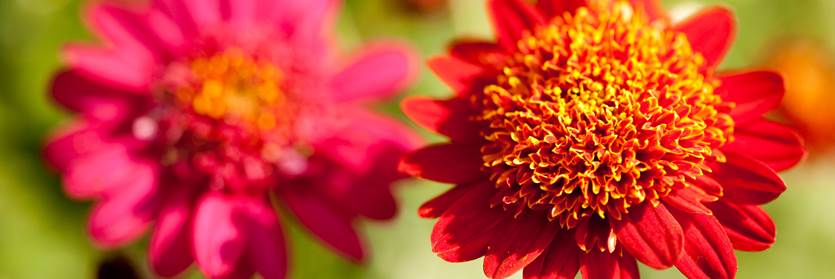Inside The New York Botanical Garden
Archive: December 2012
Posted in Holiday Train Show on December 6 2012, by Matt Newman
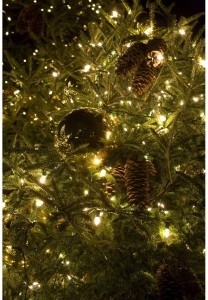 Who says a picturesque evening under twinkling lights is the stuff of romantic comedies? For that matter, why let It’s a Wonderful Life horde all the holiday magic? This is New York! There are countless opportunities to hit the town this season, all of them at your fingertips, and Bar Car Nights are easily among the best of the lot. In fact, last year’s evenings were such a smash with our visitors that we’re stepping up our game this time around.
Who says a picturesque evening under twinkling lights is the stuff of romantic comedies? For that matter, why let It’s a Wonderful Life horde all the holiday magic? This is New York! There are countless opportunities to hit the town this season, all of them at your fingertips, and Bar Car Nights are easily among the best of the lot. In fact, last year’s evenings were such a smash with our visitors that we’re stepping up our game this time around.
Saturday evenings throughout December, you’ll have the chance to experience the Holiday Train Show in a slightly different light: one without the kids tugging at your coat. Trust me, that’s a huge change of atmosphere for this holiday classic. While we’ll be the first to tell you that this event is a picture-perfect family affair, we’re also sensitive to the fact that most of you see the season as a new source of stress–through shopping lists, in-laws, and more than a few family feasts to plan out. Consider Bar Car Nights the antidote to what ails you.
Read More
Posted in Around the Garden, Gardens and Collections on December 6 2012, by Travis Beck
Travis Beck is the NYBG’s Landscape and Garden Projects Manager, overseeing large landscape design and construction projects here at the Garden. His current undertakings include the redesign of the Native Plant Garden and trail restorations taking place in the Thain Family Forest.
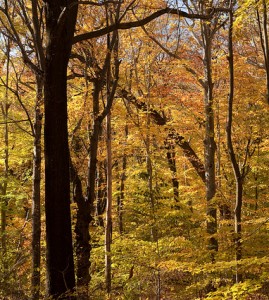 The Thain Family Forest at The New York Botanical Garden is a remnant of the deciduous forest that once covered most of the region. Unlike many of the remaining forests, the Thain Family Forest was never cleared for timber or agriculture, and includes numerous grand trees. Today, many of these are well over a century old.
The Thain Family Forest at The New York Botanical Garden is a remnant of the deciduous forest that once covered most of the region. Unlike many of the remaining forests, the Thain Family Forest was never cleared for timber or agriculture, and includes numerous grand trees. Today, many of these are well over a century old.
Superstorm Sandy reminds us, however, that humans are not the only ones to fell trees. Her strong winds uprooted or snapped the trunks of over one hundred trees in the Forest. Where these trees fell, gaps now exist in the canopy, creating opportunities for the next generation of trees to grow. Our records show that Sandy was the most damaging storm in the Garden’s history to impact the Forest, but hurricanes, nor’easters, and thunderstorms are part of the natural disturbance regime for northeastern forests. Such storms open gaps in the canopy and allow for new growth to fill the space.
Read More
Posted in Around the Garden, Photography on December 6 2012, by Matt Newman
There are still so many picturesque elements to the Home Gardening Center after the last fall flowers have faded. Not pictured: the hundreds of bulbs being planted here for spring’s explosion of florescence.
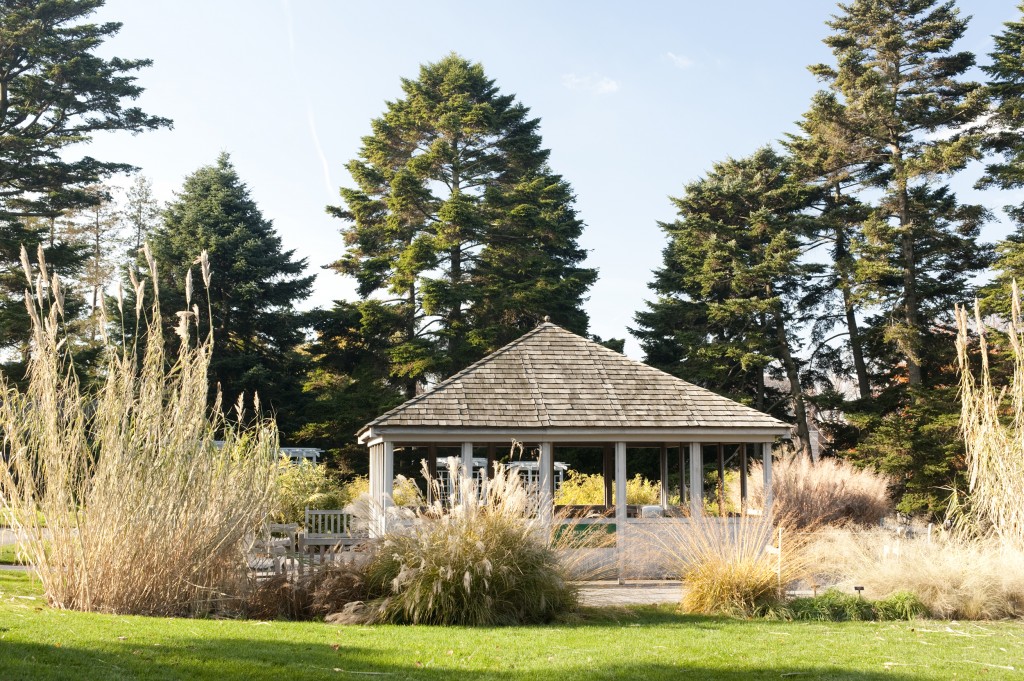
Photo by Ivo M. Vermeulen
Posted in Holiday Train Show on December 5 2012, by Matt Newman
As the Holiday Train Show ramps up, we’ll be highlighting the cultural landmarks of New York City that have come to inspire our many miniatures, as well as the established organizations behind each one. It’s an opportunity for our readers to not only come away with a fresh understanding of the beautiful architecture in our city, but of the important institutions that have helped to create our rich cultural landscape.
Originally home to a militia known as the Silk Stocking Regiment for its aristocratic membership, the Seventh Regiment Armory–now called the Park Avenue Armory–was designed by Charles Clinton and completed in 1880. The imposing brick building is renowned for the artistry of its interior rooms, featuring hand-carved ornamental woodwork, marble installations, and stained glass windows. Taking up an entire block between 66th and 67th Street along Park Avenue, this Gothic Revival landmark is an iconic addition to Upper East Side architecture.
Since taking the reins of the building in 2006, the non-profit Park Avenue Armory Conservancy has endeavored to reimagine the space as a center for the visual and performance arts, while shepherding it as a New York City landmark by curating and maintaining the building’s historical aspects.
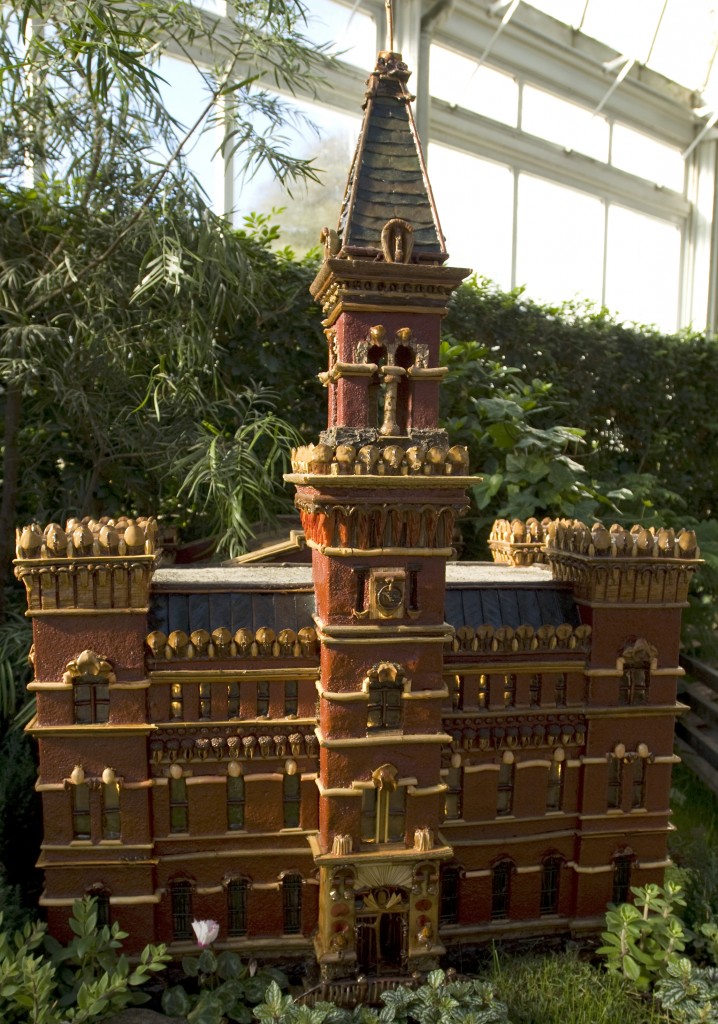
Read More
Posted in Around the Garden, Photography on December 5 2012, by Matt Newman

The Rock Garden — Photo by Ivo M. Vermeulen
Posted in Gardens and Collections on December 4 2012, by Matt Newman
Sonia Uyterhoeven is the NYBG‘s Gardener for Public Education.
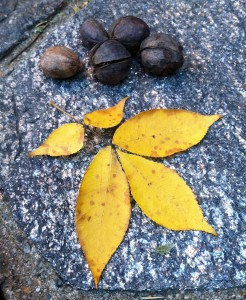 I spend a lot of my time working with John Egenes in the Native Plant Garden. John is the gardener in charge of the area and his discerning eye doesn’t miss an inch of the vast new landscape.
I spend a lot of my time working with John Egenes in the Native Plant Garden. John is the gardener in charge of the area and his discerning eye doesn’t miss an inch of the vast new landscape.
I recently discovered that one of his passions is native trees. One day, during the height of fall foliage, he rattled off some of his favorite trees while pointing out the merits of both foliage and form. One of them–the pignut hickory (Carya glabra)–is situated just outside the Rock Garden, close to the rear service entrance.
The pignut hickory is a close relative to the famous pecan tree (Carya illinoinensis), responsible for your holiday pecan pie. But unlike the pecan, the nuts that the pignut provides are not so palatable. In fact, the name “pignut” is derived from the fact that the nuts are only suitable for swine. In nature, these are a valuable food source for many woodland creatures such as black bears, raccoons, squirrels, blue jays, foxes, rodents, and deer.
Read More
Posted in Around the Garden, Photography on December 4 2012, by Matt Newman
I feel like fall is the ideal time for sitting and observing–for taking it in without having to fill the empty space with idle chatter. Which leads me to today’s mission: find a bench somewhere in the Garden, and spend at least 20 minutes sitting quietly. As my high school guitar teacher used to call it, see if you can “lift” the individual components of nature’s soundtrack; that is, isolate a single bird’s song, or one tree’s creaking branches among the rest. Listen to the wind a while.
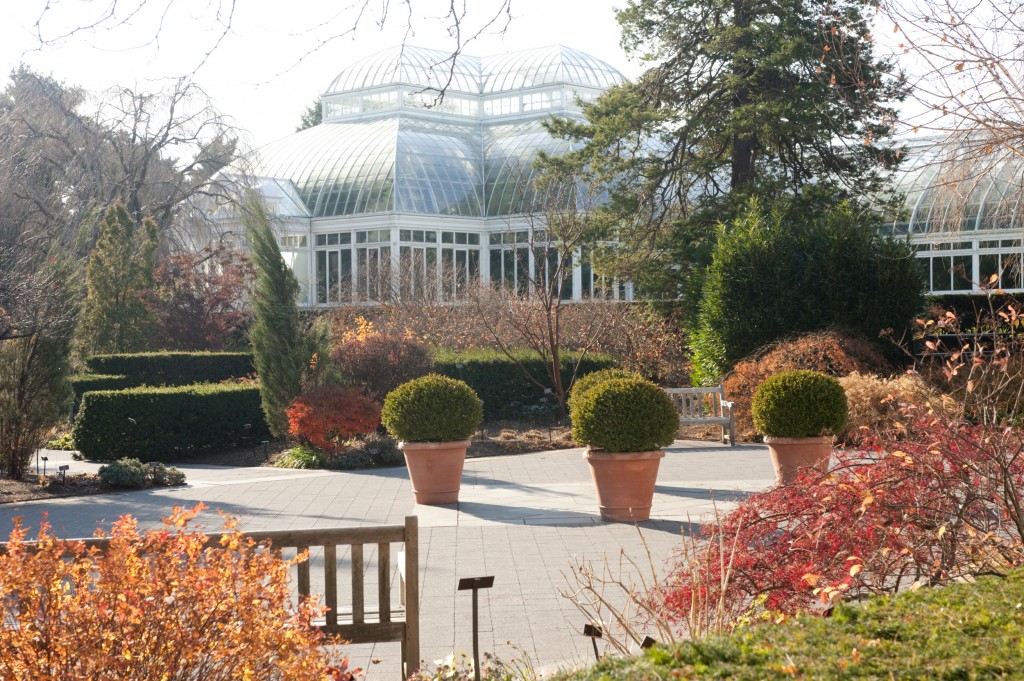
Photo by Ivo M. Vermeulen
Posted in What's Beautiful Now on December 3 2012, by Matt Newman
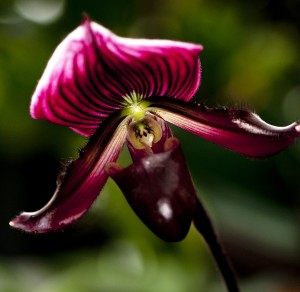 This post is a bit of an anomaly for our “What’s Beautiful Now” series. Usually, we cobble these together to show our fans and visitors what’s worth slipping into the agenda during a trip to the NYBG; each post is a rundown of what you should go and enjoy at its peak flower or aroma, depending on the season. But some of the collections we have growing here at the Garden aren’t always open for public consumption–not yet, anyway. They’re too early in their growth, or still being primped for coming exhibitions. And most of these plants fall within the purview of the Nolen Greenhouses for Living Collections, where preparation begins for coming events many months (if not years) before opening day rolls around.
This post is a bit of an anomaly for our “What’s Beautiful Now” series. Usually, we cobble these together to show our fans and visitors what’s worth slipping into the agenda during a trip to the NYBG; each post is a rundown of what you should go and enjoy at its peak flower or aroma, depending on the season. But some of the collections we have growing here at the Garden aren’t always open for public consumption–not yet, anyway. They’re too early in their growth, or still being primped for coming exhibitions. And most of these plants fall within the purview of the Nolen Greenhouses for Living Collections, where preparation begins for coming events many months (if not years) before opening day rolls around.
Seeing as I already teased you this past weekend with some of the jungle jewels sprouting up under the glass of the Nolen Greenhouses, I figure there’s no reason to keep the rest of Ivo’s recent photo shoot cooped up in our files. Standouts among the photos taken are easily the orchids, a few of which we expect to steal the spotlight in 2013’s spring Orchid Show. And while we can’t spill the entire layout of the exhibition just yet, I’m all too happy to pass along a gallery of eye candy in the meantime.
Read More
Posted in Holiday Train Show on December 3 2012, by Matt Newman
As the Holiday Train Show ramps up, we’ll be highlighting the cultural landmarks of New York City that have come to inspire the NYBG‘s many miniatures, as well as the established organizations behind each one. It’s an opportunity for our readers to not only come away with a fresh understanding of the beautiful architecture in our city, but of the important institutions that have helped to create our rich cultural landscape.
Like so much of New York’s iconic architecture, what would become the Williamsburg Art & Historical Center (WAH) began life as a very different establishment. The Kings County Savings Bank was designed in the French Second Empire style by William H. Wilcox, a bank partner, with ground broken at the corner of Bedford and Broadway in 1860. Construction continued in Brooklyn through the course of the Civil War to see completion by 1868, at which point the building began a century-long run as home to a succession of banks.
Read More
Posted in Around the Garden, Photography on December 3 2012, by Matt Newman
Manolo Valdés may have capped the undertaking of Monumental Sculpture with multi-ton creations ferried by truck, crane, and ship, but that’s not where he began. First, he needed to gel his ideas on a smaller scale. If you happen to stop by the Library Building this winter, you’ll see the artist’s initial inspiration in his maquettes, now on display in the Orchid Rotunda.
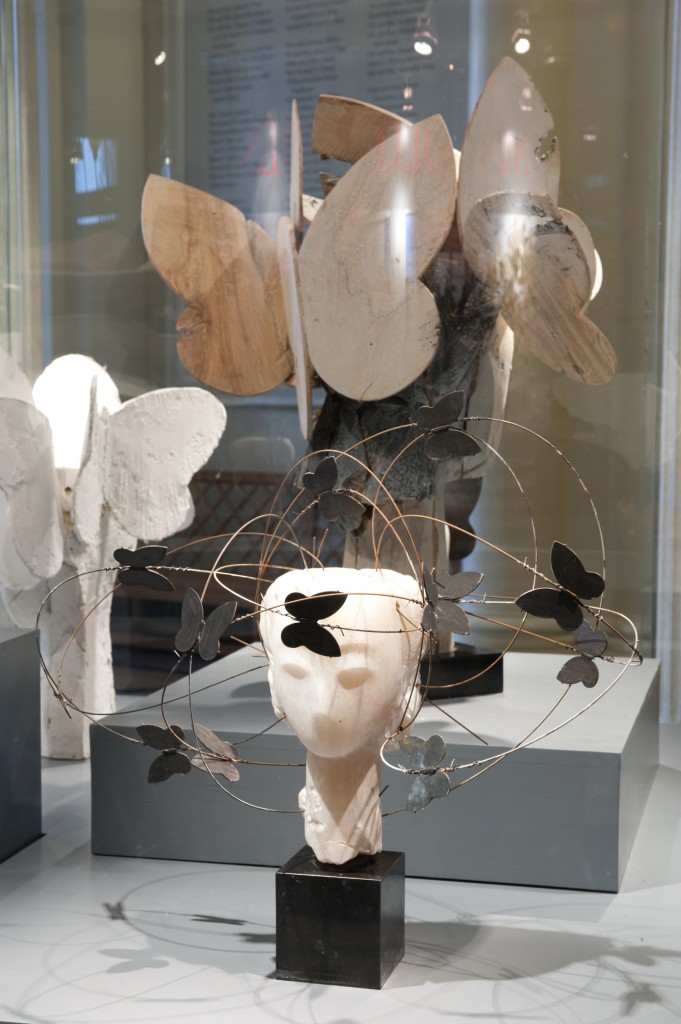
Photo by Ivo M. Vermeulen
 Who says a picturesque evening under twinkling lights is the stuff of romantic comedies? For that matter, why let It’s a Wonderful Life horde all the holiday magic? This is New York! There are countless opportunities to hit the town this season, all of them at your fingertips, and Bar Car Nights are easily among the best of the lot. In fact, last year’s evenings were such a smash with our visitors that we’re stepping up our game this time around.
Who says a picturesque evening under twinkling lights is the stuff of romantic comedies? For that matter, why let It’s a Wonderful Life horde all the holiday magic? This is New York! There are countless opportunities to hit the town this season, all of them at your fingertips, and Bar Car Nights are easily among the best of the lot. In fact, last year’s evenings were such a smash with our visitors that we’re stepping up our game this time around.